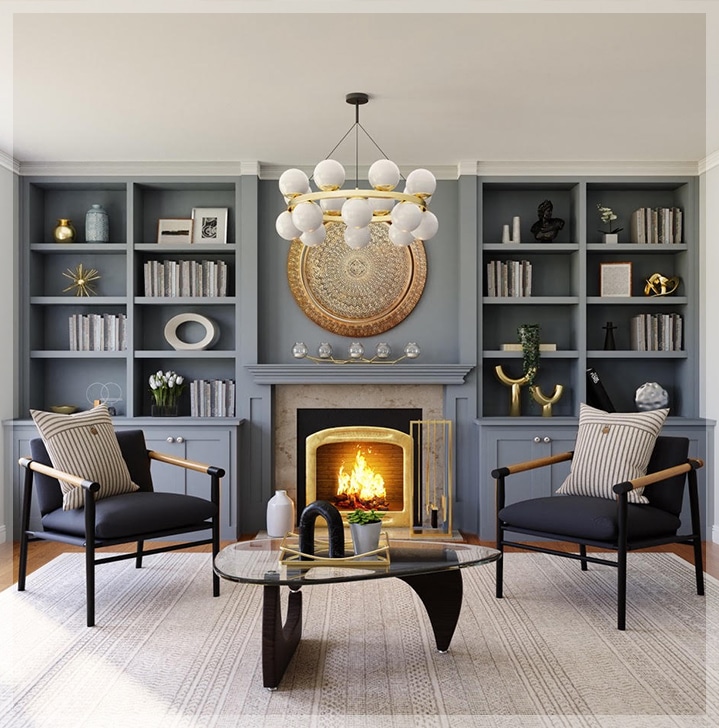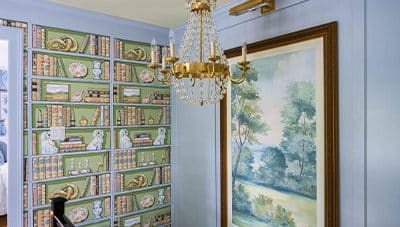Five Common Living Room Design Mistakes Homeowners Make
1.
Trying to match everything.
Trying to match everything is the most common design mistake homeowners make when trying to assemble a space. Fear of “getting it wrong” usually drives a thought that everything in the space should be an exact match. The thought is that all finishes should be an exact match, all colors should be an exact match, and so on. Nothing can be further from the truth. Although there are times when finishes and colors should match, it is not a hard and fast rule.
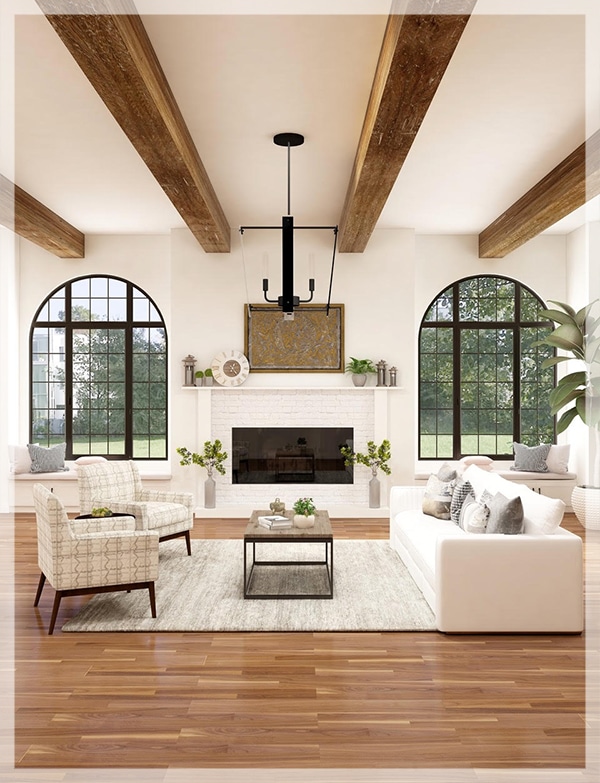
In fact, most professionally designed spaces are far more interesting and layered. The layering of different tones and finishes is what gives your final space visual interest, much like a fine piece of art. An artist uses numerous shades of color to create a masterpiece. Interior designers do the same. They are able to visualize the entire space and how everything will look together beginning at the design stage. Professionally designed spaces are designed strategically so that the final space will be not only functional but visually pleasing. By drawing the eye to certain areas and minimizing other details, the final room will allow for a very visually pleasing experience through the use of tools such as finish, color, and proportion to enhance the room’s features. However, a room should not be a barrage of random finishes and colors. Balance and strategy is the key to success. Creating a well balanced look by using different tones that are harmonious by either sharing similar undertones or complementing each other in an enhancing way should be the overall goal.
Other factors are also to be considered with matching finishes and colors. The overall style of the space, a minimalistic contemporary space, will allow you less opportunity to add finishes and color. So, to create a harmonious look, you might have certain finishes or colors be similar but not an overall ”Match.” Less contemporary spaces allow you more opportunity for adding detail, giving you the ability to balance items and finish off other items in the space. Doing so will create a well-orchestrated dance for your eyes as you explore the room.

2.
Creating an “accent wall” with no strategy.
This is a question that I get asked often when meeting with clients. Everyone seems to question the need to create an accent wall somewhere in their space. Design ideas are like tools, and you really need to know which tool to use for what you’re trying to accomplish. For instance, in a long rectangular room without a lot of architectural interest, creating a focal point wall could help create some visual interest and direct the eye to a desired focal point. However, in an open floor plan, room, or a room with many architectural angles, the creation of a single different wall could add more visual confusion to the space. So, I always say that the use of an accent wall should have some strategy behind it, or at least a set goal to accomplish its purpose as a design tool.
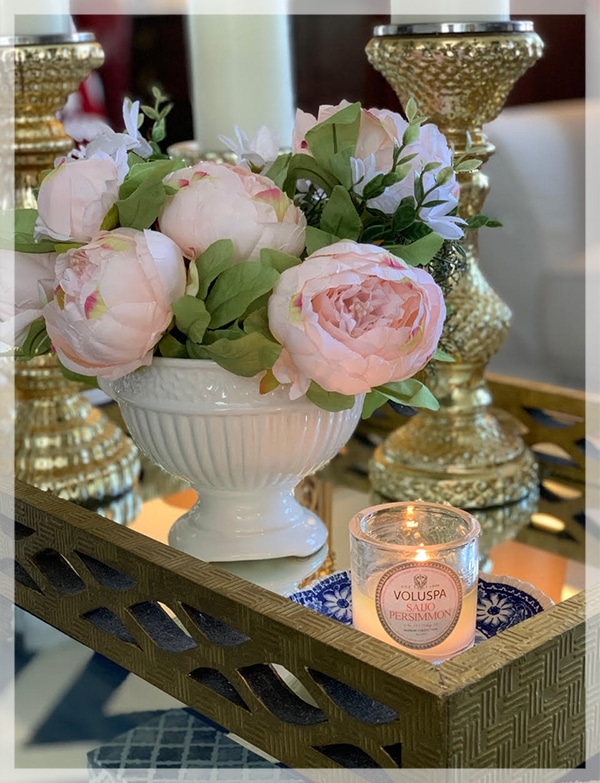
3.
Choosing paint colors first.
The selection of paint colors can be difficult enough for homeowners. Leaving them confused when contacting a designer. When a client needs to select a new paint color, after initially going through a new construction project is tough. When doing new construction or renovation, the process of putting the paint color on the wall has to happen before furniture and window treatments can be moved into the space. When a homeowner is attempting to do this on their own, they often select a color without knowing what other items are coming into the space. Hence, just making a random pink color selection and hoping for the best is why sometimes, even just a few months later, designers are called in to select new paint colors. The application of paint color will always come before the room is filled with all of the other elements, and this is why it is so important to know where the room is going design-wise, especially during construction. If we have a well-thought-out and planned design, we can choose paint colors to complement the items coming into the space with a clear-cut strategy. Knowing the furnishings and the window treatments will help to select the perfect paint color for the space.
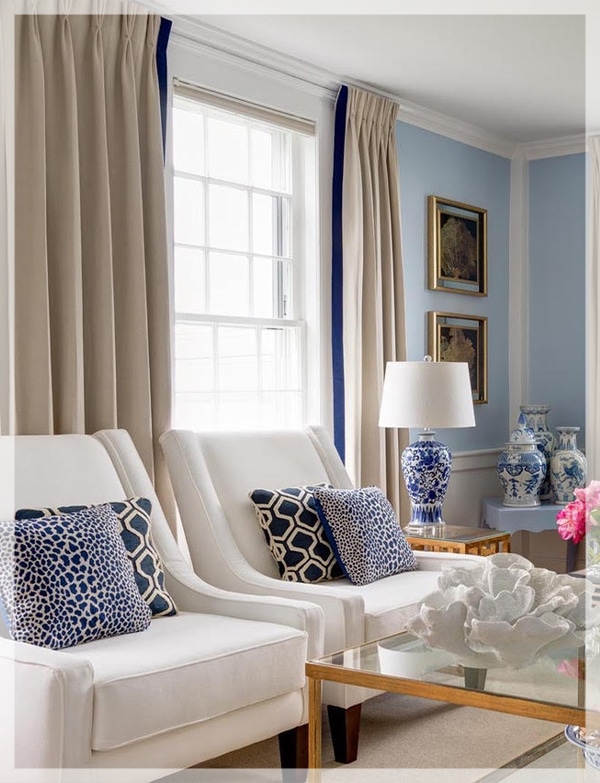
4.
Selecting items that are disproportionate to the space.
It’s been my experience as an interior designer and renovator for 20+ years that most people overestimate what can fit into a space properly. A professional designer knows how to select items that are proportionate to your space and work well together. When working with a professional designer, design plans are created before any purchases are made. This can save homeowners thousands of dollars by avoiding costly mistakes. Knowing exactly what type of furniture will fit into your room, but also what space is needed to negotiate around all of the other pieces and walk through the space properly, is essential. For example, a sectional will not fit in every living room properly. Measurement wise, one might think that it will fit, but it’s the placement of the other pieces that work with that sectional to totally change the orientation of the furniture arrangement. This might make that sectional a bad choice for your room.
Also, it is not only the footprint of an item that should be considered when looking to see if it fits in your space, it’s the overall bulk of the item, and whether or not it looks proportioned in the room.
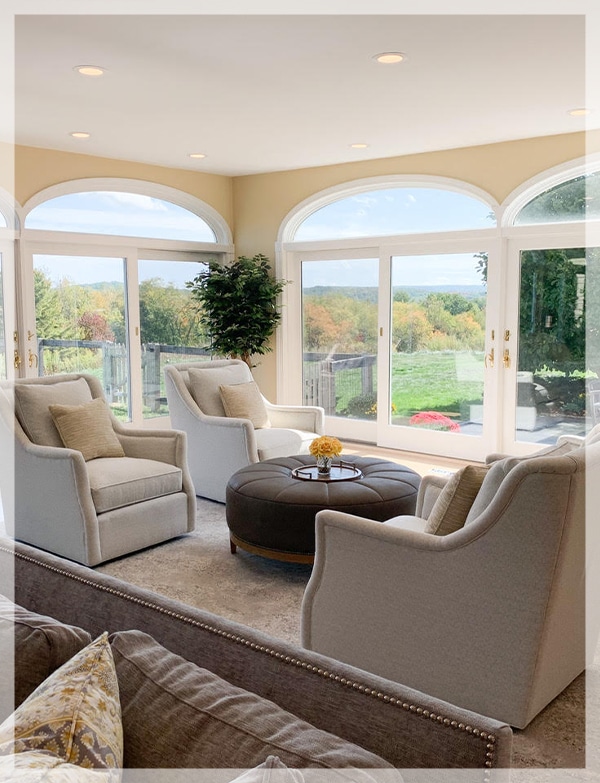
5.
Purchasing items randomly and without having a detailed plan.
Everyone desires those magazine-worthy designer living rooms. However, jumping into a living room design without having a detailed plan will not lead to the best results. Random purchases will not automatically just come together in a space. In a professionally designed space, every detail is planned out so everything can work cohesively, creating that overall desired finished look.
Until Next Time,
Gia
From The Blog
Decorating Tips For Fall
Autumn is the perfect time to prepare your home for cozy indoor living during the cooler months. How do you make your home a cozy retreat? Here are...
Design and Renovation of an Old Stairway
Recently, we designed and renovated the stairway in one of our clients' homes. This was one of the final spaces we completed after a series of...

